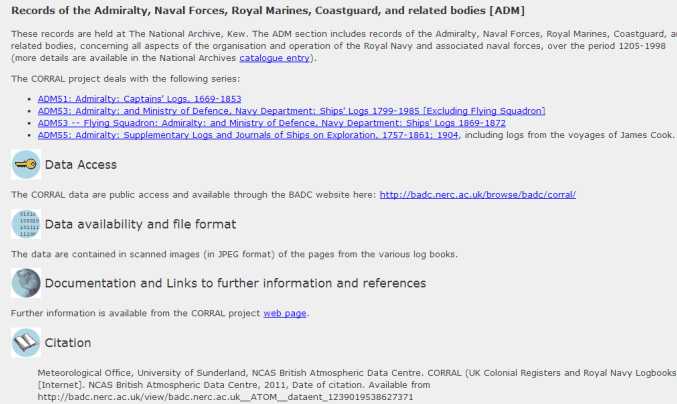
NavList:
A Community Devoted to the Preservation and Practice of Celestial Navigation and Other Methods of Traditional Wayfinding
From: David Iwancio
Date: 2020 Dec 17, 19:53 -0800
Bob:
The Nautical Almanac avoids a v-correction for the sun by skewing its GHA somewhat throughout the year. They adjust it so that the error of assuming a constant 15°/h is zero at the midpoint (30 minutes past the hour) so that there isn't a "stair-step" error between --:59:59 and --:00:00. If you compare the numbers in the Nautical Almanac to those in the Air Almanac, you'll note that the GHA numbers don't agree at --:00:00, but that, after applying the Nautical Almanac's increments and corrections, they always agree at --:30:00.
I think the maximum v-correction the sun would have is around ± 0.3, but I could be wrong. I believe the logic for doing it this way (along with some other design choices regarding the sun) was to make reducing sights for a body as frequently used as the sun as simple as possible.
As for ignoring a planet's v-correction in the same way, Saturn would be a far better candidate than Venus. And then you'd be using the Aeries corrections, not the sun.
If you look at the diagram on page 9 of the Nautical Almanc, straight lines represent a constant v-correction, with horizontal lines having a v-correction of 0. The sun's path is mosty flat and mostly horizontal, which allows the almanc to get away with treating v = 0.0'.
As they hug the sun, the inferior planets are horizontal over the course of the entire year, but are very much not flat, so a constant or near-constant v-correction is out of the question there.
The diagonal dashed lines represent a constant v-correction of +2.46' (i.e. a constant SHA). The superior planets tend to follow these lines, and the further out they are from us, the more closely they "move with the fixed stars." Looking at the diagram and glancing through the v-corrections for 2020, it looks like Saturn follows "mean sidereal time" about as well as the sun follows "mean solar time."
But doing that would introduce different rules for determining increments and corrections for different planets, giving more opportunities for blunders.
Side note: when a planet's v-correction is greater than +2.46', it's "in retrograde." All other things being equal, a planet in retorgrade is probably your best option for measuring lunar distances, as those distances would be changing the fastest.






